Types of Camping in Australia
By Alex - 14 July 2017
If you are visiting Australia, and plan to do some camping, it is handy to understand the different camping options available.
Knowing where, for how long and what the rules are in different places will make your camping holiday more pleasant and help avoid you being told to "move on" or being fined.
Australia is a huge and very diverse country with campgrounds in rainforest, on the beach, desert, snow or on rivers. The best place to camp will depend on how self sufficient you are, your mode of transport and how many creature comforts you desire. Some people are happy to dig a hole for a toilet and shower under a bucket, just to get a place all to themselves. Others prefer the socialising and better facilities that more formal campgrounds offer.
Travelling Australia and camping is not only cheaper than paying for a motel room or even a dorm, but it is also one of the best ways to really see the true Australia. You see the sunrise, sunset, stars and all our friendly native animals (as well as the occasional not so friendly one).
Below we have listed some of the types of camping available in Australia. All can be found on FindaCamp by using the search tool on the left of the page.
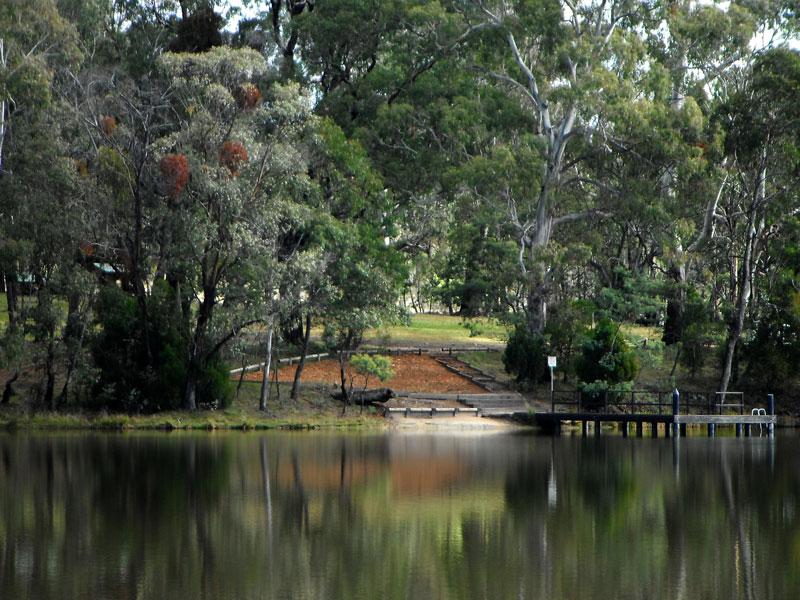
National Park Campgrounds
There are more than 500 National Parks in Australia, and in many there are designated camping grounds. National Parks protect areas of natural Australian environment, so rules on damaging or interfering with the surrounding area are strict. Usually pets are not allowed, collecting fire wood is prohibited and taking plants or animals is strictly prohibited. Personally I spend a lot of time camping in National Parks, as my idea of camping is "getting back to nature" and that is the purpose of these places.
The facilities available at National Park Campgrounds vary from hot showers and flushing toilets (rarely), to no facilities at all. The usual is picnic tables, long drop toilets and fire places / barbecues. They are generally aimed at allowing you to explore a protected natural area, so often also have bush walking trails starting from the campground.
Each of Australia's 8 states and territories have there own National Park systems, and you can view the rules and more information about those parks on their websites.
Bookings are usually made online with on the National Park Website of the state you are in, or some also have self serve pay booths. you will need to check each site you visit to see how to book and pay.
Victoria - http://www.parkweb.vic.gov.au/
New South Wales - http://www.environment.nsw.gov.au/nationalparks/
Queensland - http://www.nprsr.qld.gov.au/
Tasmania - http://www.parks.tas.gov.au/
Northern Territory - http://www.parksandwildlife.nt.gov.au/
South Australia - http://www.environment.sa.gov.au/parks/
Western Australia - http://www.dpaw.wa.gov.au/
Autralian Capital Territory - http://www.tams.act.gov.au/parks-recreation/parks_and_reserves
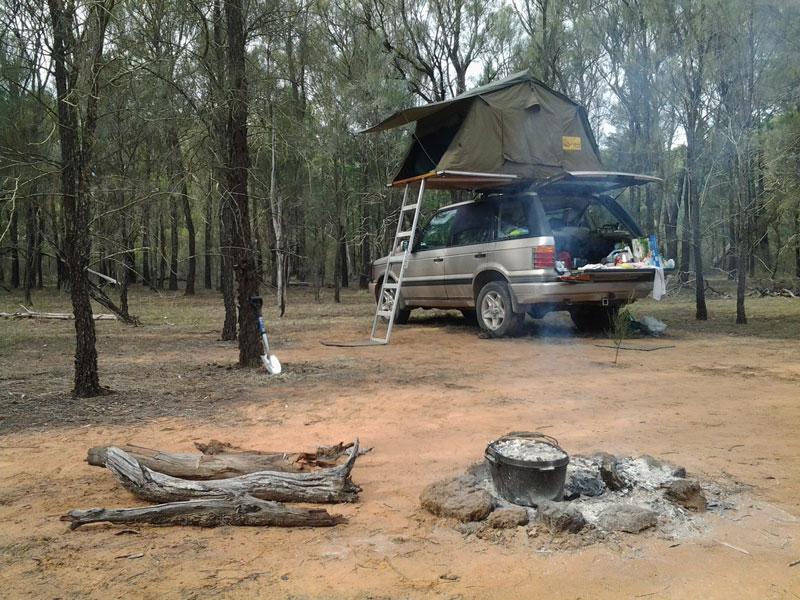
State Forest Campgrounds
Australian State Forests have multiple purposes. They protect areas of forest for recreation, logging, cultural heritage and biodiversity.
In many State Forests, camping is free and as to be expected, facilities are limited. Some may have long drop toilets, but most are just cleared areas where camping is permitted. Some state forests are plantations, many pine whilst others are native forests which may be selectively logged.
During logging operations, areas of state forests may be closed to recreation, it is best to check before going to an area that no restrictions of access are in place. It is important to take note of specific rules for different state forests, for example New South Wales has a speed limit of 60km/h on all state forest roads. Remember that state forest roads are public roads, so all vehicles, including trail bikes must be registered.
Pets are usually allowed in State Forests and depending on fire restrictions, having a camp fire is often permitted too.
Some state forests allow camping in any part of the forest provided you do not interfere with logging or other operations and follow the rules of that State Forest and others allow camping only in designated areas.
Camping in state forests can be great, and often offers more freedom and space than National Park Campsites
Victoria - https://www.forestsandreserves.vic.gov.au/
New South Wales - http://www.forestrycorporation.com.au
Queensland - https://www.npsr.qld.gov.au/managing/principles/state-forests.html
Tasmania - http://www.forestrytas.com.au/visiting
South Australia - https://www.forestrysa.com.au/recreation/
Western Australia - https://www.dpaw.wa.gov.au/management/forests/visit-our-forests
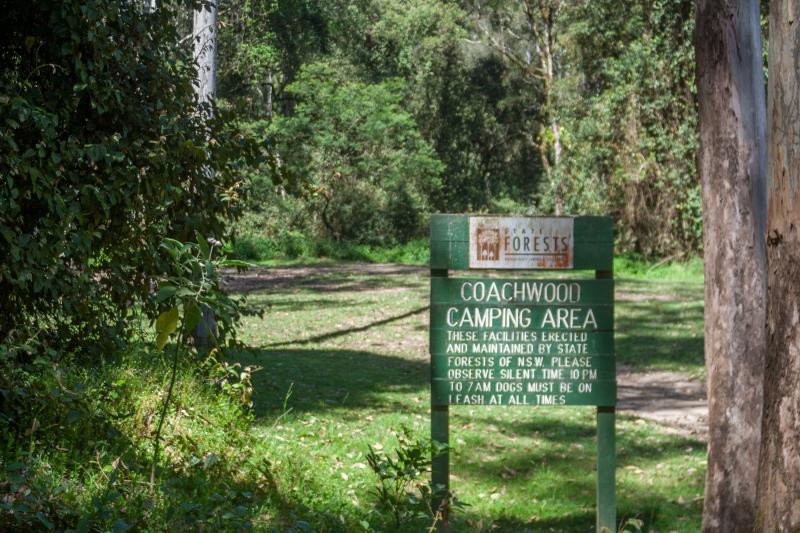
Dams and reservoirs
Water supply authorities in different states manage dams which often include campgrounds on the edge of the dam. Dam camping areas are some of the most popular during school holidays, and can get quite busy, especially those close to capital cities like Brisbane, Sydney and Melbourne. It is worth checking if it is a long weekend or school holiday before camping at some dams as they may be full (or at least very busy).
Usually they have large open spaces where you can camp on the edge of the water and often have boat launching facilities, fish cleaning areas and toilets and showers. They often make a great family camping destination, and some of the more popular ones are set up like large caravan parks, with cabins, tent areas and powered caravan sites.
A popular one in New South Wales is Copeton Waters State Park where you can launch your boat, fish, swim. They even have a water park for the kids, barbecue facilities and cabins if you don't feel like camping.
Links
Victoria - https://www.water.vic.gov.au/
New South Wales - http://www.waternsw.com.au
Queensland - https://www.dews.qld.gov.au/water/dams/information
Tasmania - https://www.hydro.com.au/community/recreational-sites
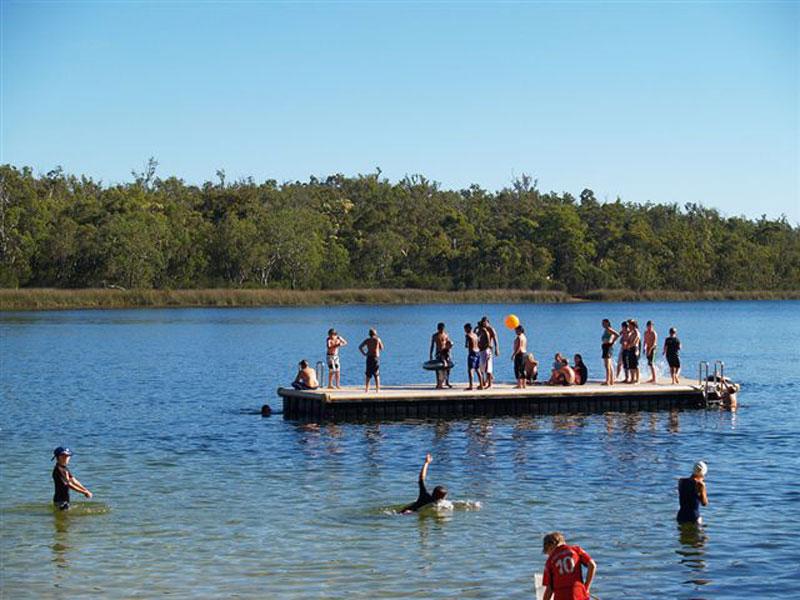
Community / Council managed Campgrounds
This is a broad category, and includes campgrounds managed by local governments or local progress associations.
Quite often these are cheap, free or for donation, and are run to encourage tourism into the area. You will need to check the specific rules for each campground, for example many will have a maximum stay length, for example 48 hours.
Caravan Park / Commercial Campgrounds
These are run by private businesses and usually have at least basic facilities, like flushing toilets, washing machines and hot showers. Although they are usually a little more expensive than other options, they are convenient to stay in, at least every few days.
Personally, when travelling, I will break the bush camping up with a stop here and there in a caravan park, where I can catch up on washing clothes and have a good hot shower. On FindaCamp, we have caravan parks listed in a different section, to make it easier to differentiate bush camping with commercial camping.
Informal / Bush Camping
Unfortunately, there are much fewer options for this type of camping in Australia these days. As the number of travellers have increased, many places have been closed off to camping. State Forests (see above) sometimes allow camping anywhere in their boundaries.
When deciding to camp in informal / bush camp sites, it is important to check who owns the land. Quite often promising sites are on private property farms, and the owners may not take kindly to intruders setting up a tent.
Farm stays.
There is an increasing trend in Australia for farms to open up areas of their property to camping. Generally fees are reasonable, and often direct river access is part of the property.
We have a number of farm properties listed on findacamp, you will find these listed in the main, bush camping section.
A popular example of this type of camping area is Keniworth Homestead
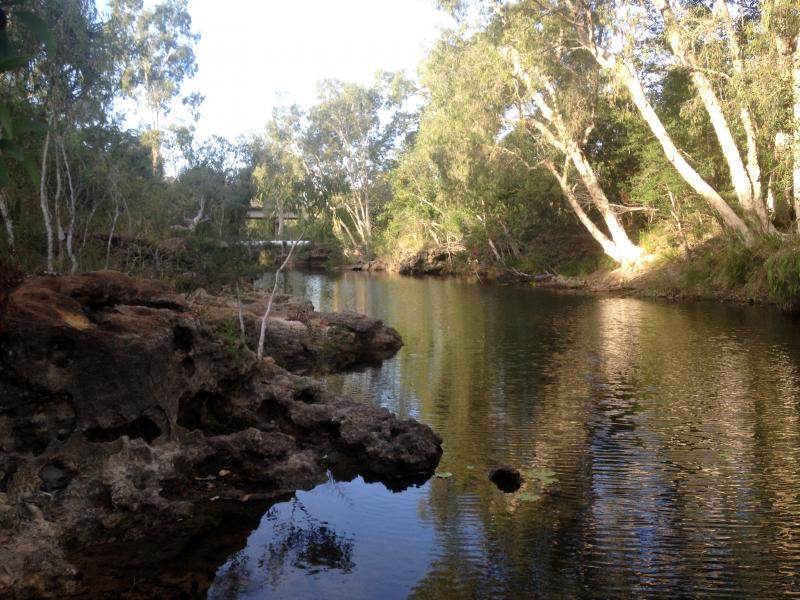
Beaches and Islands.
Camping on the beach (or near the beach really) is extremely popular in Australia. There are plenty of options right around the coast to do this, with National Park Campgrounds like those on Bribie Island , or around Myall Lakes offering multiple choices for car or boat based camping.
One of my favourite Island Campgrounds is West Point on Snapper Island in Far North Queensland where you can pretend you're Tom Hanks in Castaway.
Another popular weekend location is Rainbow Beach, north of the Sunshine Coast, where there are a number of campgrounds along the Inskip Penninsula like The Oaks. Some are 4wd access only, but offer true beach side camping in a stunning location.
Rest Areas
Many rest areas allow overnight camping for free. Generally these are just pull off, car parks on a main road, sometimes with toilets and picnic tables.
They usually offer little privacy and plenty of road noise. They are handy however if you are travelling long distances and just need a place to park the campervan for the night.
Most have a maximum stay of 24 or 48 hours. Check before setting up camp, as some don't allow overnight stays.
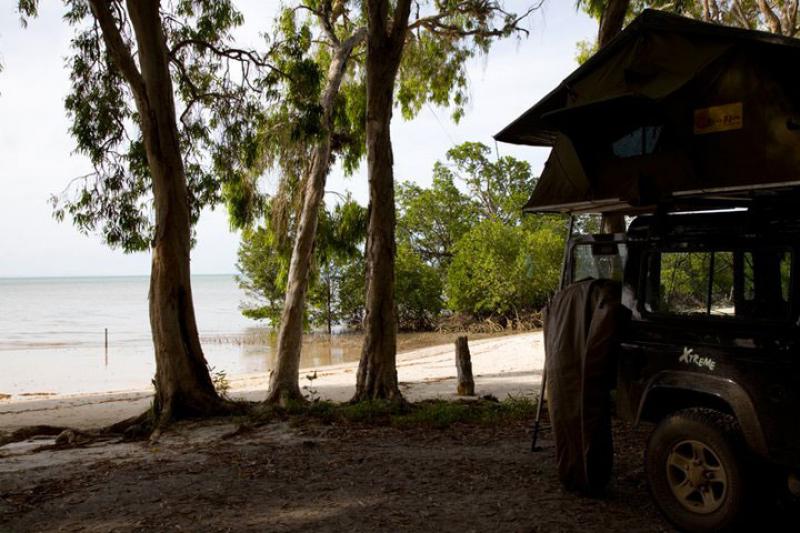
comments powered by Disqus


